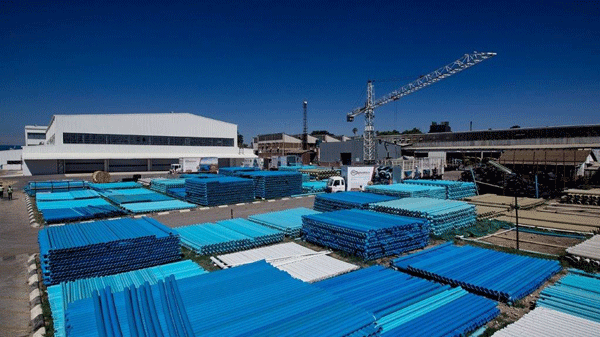Zimbabwe half-year exports clock US$3,5 billion
ZIMBABWE’S merchandise exports grew by 32,5 percent to clock US$3,5 billion during the first-half of 2022, compared to US$2,6 billion in the corresponding period in 2021.
Finance and Economic Development Minister, Professor Mthuli Ncube, said this in his 2023 National Budget presentation last Thursday where he stated that growth was largely on account of increases in minerals, agriculture and manufactured exports.
Minerals continue to dominate Zimbabwe’s exports with economic experts urging more domestic value addition and diversification of the economy away from reliance on primary commodities.
Growing exports and trimming trade deficit is critical in transforming the country’s economy as it helps retain jobs and ensures steady supply of goods and services to the local market.
“Merchandise exports grew by 32,5 percent to US$3,5 billion during the first-half of 2022, compared to US$2,6 billion in the corresponding period in 2021, largely on account of increases in minerals, agriculture and manufactured exports,” he said.
“To year-end, merchandise exports are projected to increase by 15,5 percent, from US$6,4 billion in 2021, to US$7,4 billion in 2022, underpinned by mineral export growth on account of increased production and higher mineral commodity prices.
“In 2023, merchandise exports are projected to marginally decrease by 2,4 percent, to US$7,2 billion on account of anticipated lower mineral exports receipts, as the global economy slows down and the fall in commodity price.”
Meanwhile, Prof Ncube said services exports increased from US$102,5 million during the first half of 2021, to US$175,9 million during the same period in 2022.
“Services exports are projected to increase from US$215,7 million in 2021, to US$370,2 million in 2022, increasing further to US$425 million in 2023,” he said.
“Services imports are similarly, projected to rise by 28,6 percent from US$965 million in 2021, to US$1 361,5 million in 2022, and increasing further to US$1 468,1 million in 2023.”
The minister said merchandise imports on one hand also increased by 18,5 percent to US$3,8 billion during the first-half of 2022, up from US$3,2 billion in 2021, driven mainly by increases in fuel, machinery and raw material imports.
“Imports are projected to close 2022 at US$8,2 billion, 14,6 percent up from US$7,2 billion in 2021. As the economy expands, so will the capacity to absorb imports that feed into the production processes, while fuel imports are expected to grow on the back of rising crude oil prices,” he said.
According to the budget statement, merchandise imports are projected to increase further to US$8,4 billion in 2023, in line with expected domestic economic growth. Enhanced import substitution through local production of products such as wheat and soya beans are envisaged to dampen imports, said Prof Ncube. – chronicle.co.zw










